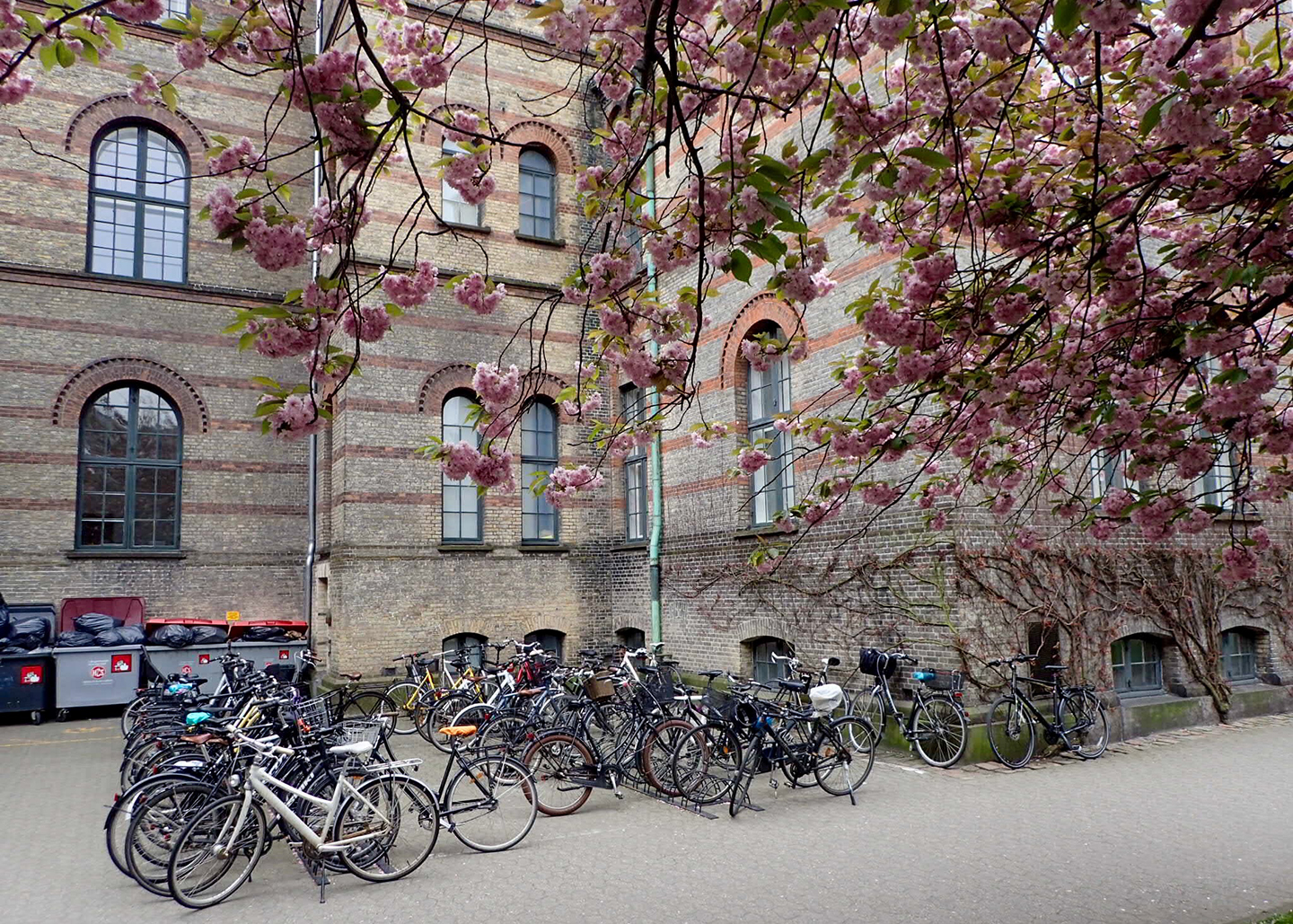co-written with Sarah Layden | Bloomsbury Academic 2023
Editing is the invisible art. When it’s done well, the reader doesn’t notice the work. A great editor is like a ninja: stealthy, efficient, and looks good in black. But as a result of all this stealth, editing is unusually hard to learn. If you can’t see it, how can you learn to do it?
Here’s one answer. The Invisible Art of Literary Editing pulls back the curtain on the editing practice, making the invisible visible. Invisible Art developed from the need we found in our college classrooms for an editing textbook. We wanted to demystify the submission process for our students and show them different ways editors can respond to submitters. We wanted students to see what happens to a piece after it’s accepted, so we invited editors to share manuscripts with their editing marks and suggestions. We wanted to teach practical techniques and strategies for global editing and line editing, so we created exercises and “CPR Dummy” stories to practice on. These ideas came together in a book that draws upon the experience of accomplished editors in the field, as well as our own experience with editing and pedagogy.

